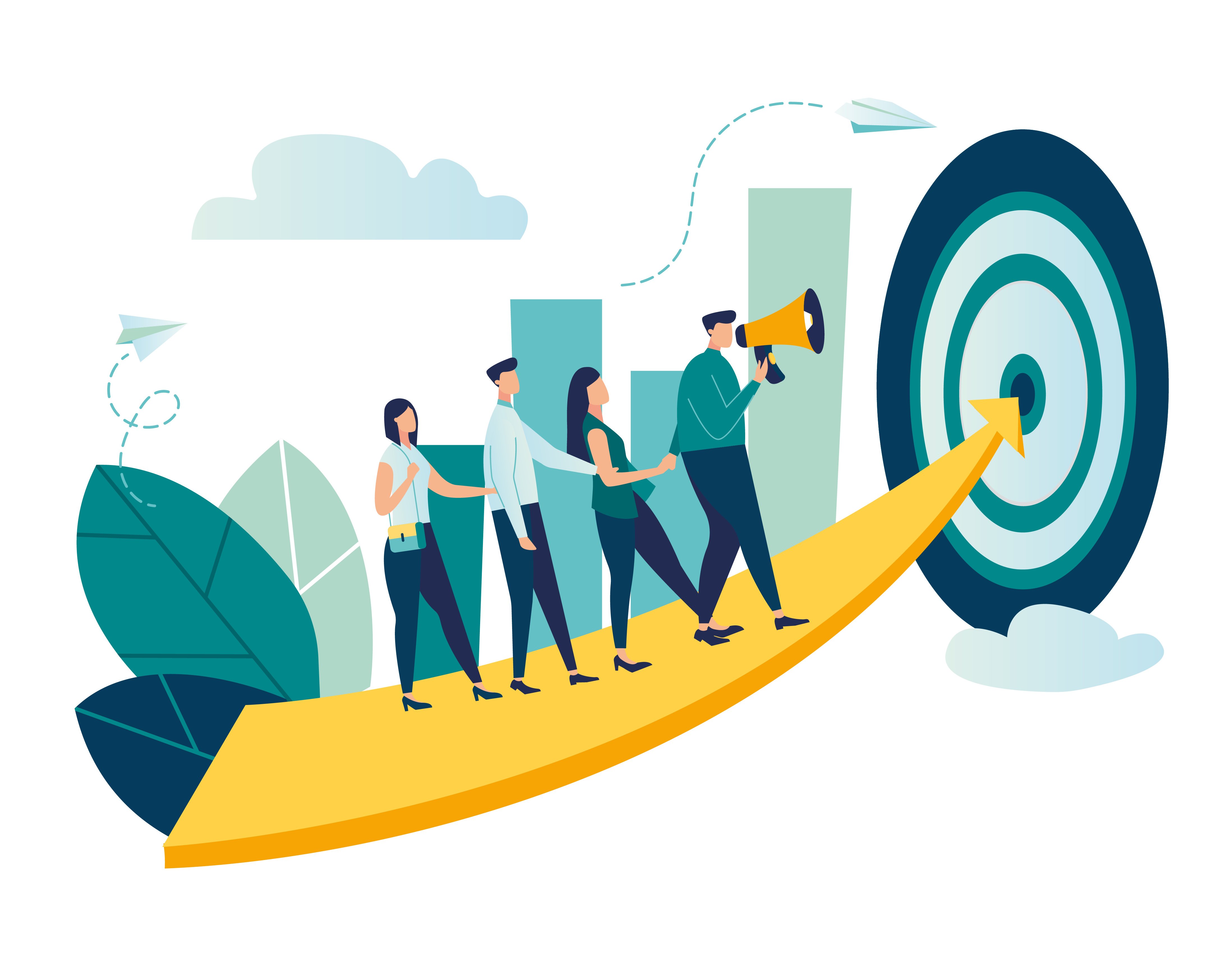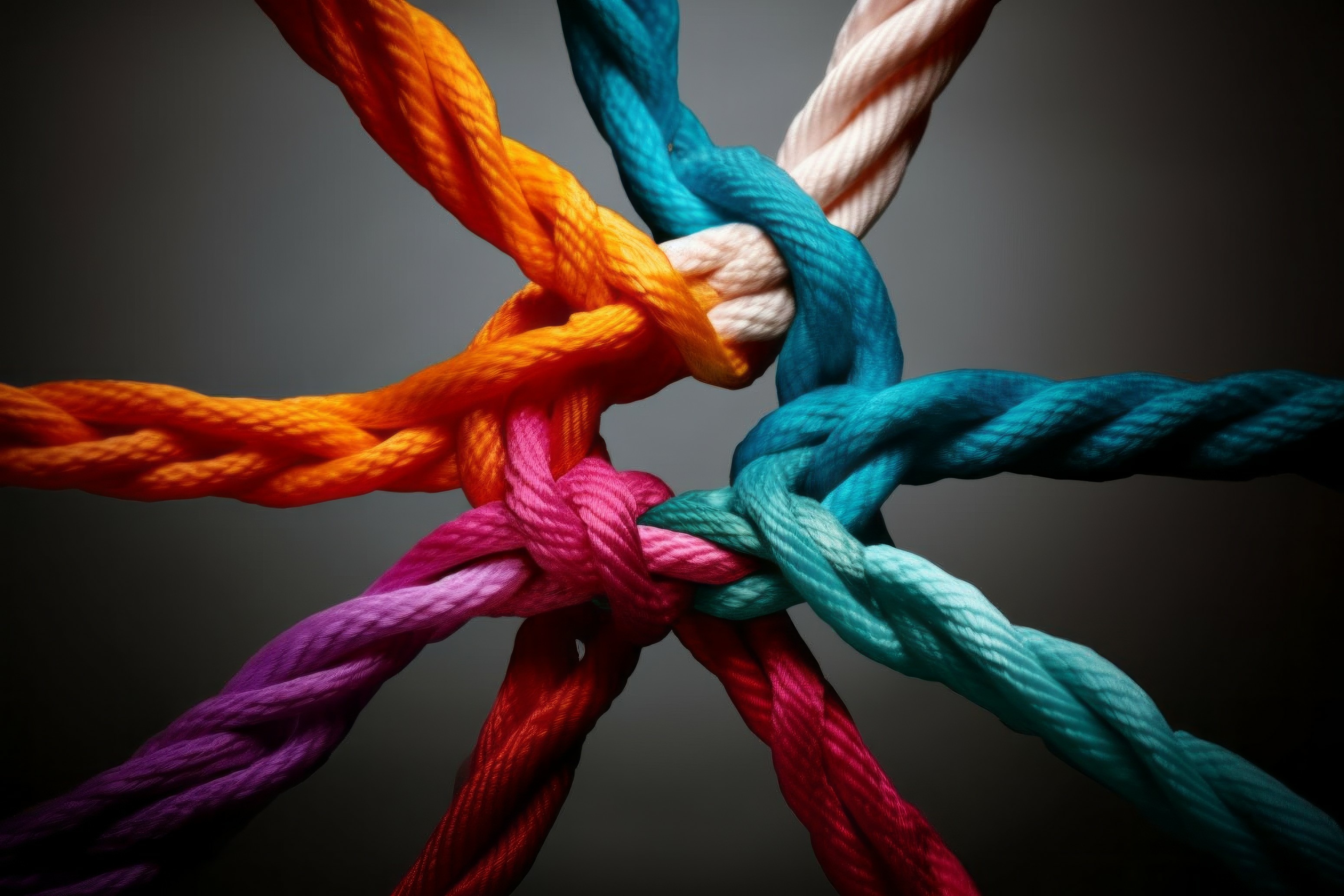Empowering Communities: Meals on Wheels' Role in Dementia Education and Support

This week, I had the incredible opportunity to speak at the Meals on Wheels Texas Conference, where I shared our impactful Dementia Live® Experience with MOW community partners from across the state. The discussion was eye-opening and highlighted the pressing need for dementia education and awareness within our communities.
During my session, I posed a thought-provoking question to the attendees: "How many of you feel that your communities are Dementia-Ready?" Not a single positive response echoed in the packed room.
Subsequently, I asked, "How many of you have been personally touched by someone living with dementia?" About 80% of the attendees raised their hands, showcasing the widespread impact of dementia in our society.





